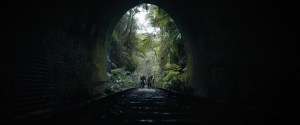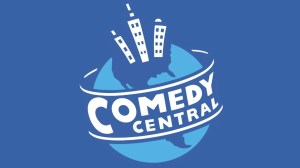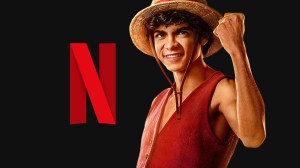Instead of betting everything on a handful of massive, all-or-nothing blockbuster films, DC Studios is smartly diversifying its portfolio with a slate of lower-budget movies and television shows. One of the most intriguing projects born from this new strategy is Clayface, an R-rated body horror film set within the new DC Universe cinematic continuity. The movie, focused on the iconic shapeshifting Batman villain, has attracted serious horror talent, with a script from Mike Flanagan and Hossein Amini and direction by James Watkins. This creative team’s involvement signaled a commitment to the genre, a fact seemingly confirmed when leaked set photos revealed an impressive dedication to practical effects and makeup in Clayface. The move is a staple of classic horror filmmaking and a clear reflection of the hands-on, in-camera aesthetic DC Studios head James Gunn advocated for.
Videos by ComicBook.com
“We knew we were shooting outside, we knew there would be some photos that would get out, and we knew there was some makeup and stuff involved,” Gunn said in an interview with Brandon Davis while discussing the leaked images from the Clayface set. “And they are like, ‘Oh, should we not put any of the makeup on and do it with visual effects in post?’ And I’m like, ‘What are you talking about?’ I mean, is it going to make one dollar less at the box office, you know, if some photos leak? Secondly, you wanna spend hundreds of thousands of dollars on VFX when it’s going to look better if it’s practical? Because there are a lot of amazing practical effects in Clayface.”
Why Is It Important That Clayface Uses Practical Effects?

The emphasis on practical effects for Clayface is a critical component of DC Studios’ larger strategic shift, impacting both the film’s budget and its creative integrity. Opting for in-camera makeup and prosthetics over extensive CGI significantly lowers production costs. This fiscal discipline allows DC to manage its investments and avoid the financial bloat that has plagued past superhero blockbusters. With a reported budget of around $45 million, Clayface is positioned for success on a completely different scale than its franchise siblings. A massive tentpole like Superman, which soared past $615 million, requires an enormous global take to turn a profit. In contrast, a more modestly budgeted film like Clayface can become highly profitable with a worldwide gross of just $150 million, making it a sustainable and repeatable model for future genre projects within the DCU.
Beyond the financial benefits, Gunn’s assertion that practical effects will “look better” is rooted in the history of the horror genre. There is a weighty realism to effects created with makeup and prosthetics that digital creations often struggle to replicate. For a character whose story is one of tragic physical transformation, that tactile quality is essential. Furthermore, artists have been achieving astonishing and terrifying effects in horror films for decades, creating iconic monsters that stand the test of time because they occupied a physical space on set with the actors. By embracing this tradition, the creative team behind Clayface is not just making a fiscally sound choice but equally prioritizing the visceral body horror aesthetic that defines the genre.
Clayface is scheduled to be released in theaters on September 11, 2026.
What do you think of James Gunn’s decision to prioritize practical effects for Clayface? Leave a comment below and join the conversation now in the ComicBook Forum!









